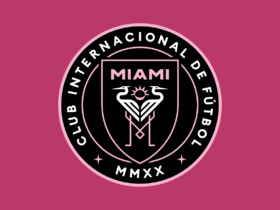Strategy sets the direction for any company. However, many firms do not have a clear written strategic plan as to how the company will continue to grow profitably.
Every company has a unique culture and resources made up of its human resources, technology and branded products. But, when taken collectively, these have largely not yet been captured and promoted as the unique value proposition of the firm.
The unique value proposition of any company should be a clear explanation of what they do in the way that they do it that sets them apart from their competition. This is their competitive advantage. In other words, the unique value proposition explains how their combination of unique resources represents a value to consumers that is different and not duplicated by their competitors.
A company’s unique value proposition should be captured in the vision the management team has for the position they want to achieve in the marketplace at some time in the future. The vision should be in conjunction with the published mission of the company i.e. why we exist, what business we are in, and how we want to conduct our business.
Often, the mission is captured in the message for why the company exists. For example: Walmart’s mission for their customers is: “Save money, live better.”
So strategy is about differentiation. It requires a company to choose different set of activities to undertake than its competitors. A company can outperform its rivals when the value it provides to the consumer is difficult for them to imitate like Walmart does.
The essence of strategy then is for an organization to select a strategic position in their market that it can claim as its own. In other words, the company has to produce a value for the consumer that is recognized as being superior in some way to that of its competitors.
There are three generic competitive strategies to achieve the competitive advantage for any company:
- Overall cost leadership: becoming the lowest-cost producer e.g. Walmart.
- Differentiation: producing products or services that are perceived by customers as unique or superior to competitive offerings for a premium price e.g. Apple devices.
- Focus: targeting a segment or niche within a market i.e. particular customer group, geographical area, or specific product line.
Lastly, strategy has the following paths to success for any company:
- Market penetration: increase market share in your existing markets with your existing products.
- Market development: entering new markets with existing products.
- Product development: developing new products to sell in your existing markets.
- Diversification: developing new products to serve new markets.
In summary, strategy is concerned with how an organization is going to compete in its chosen industry or market. The goal of business strategy is to achieve a sustainable competitive advantage.















